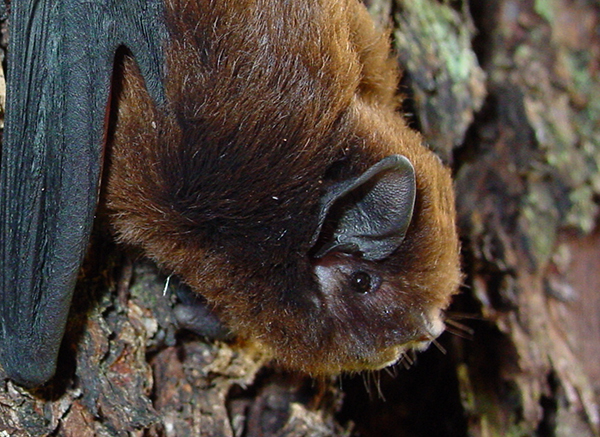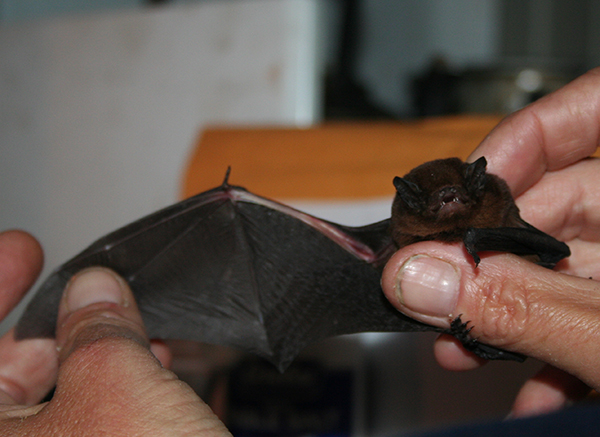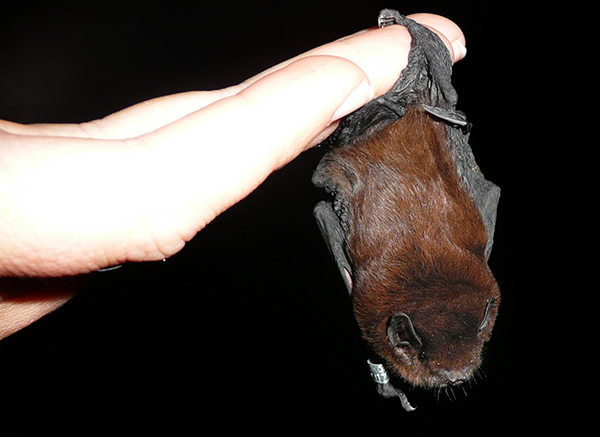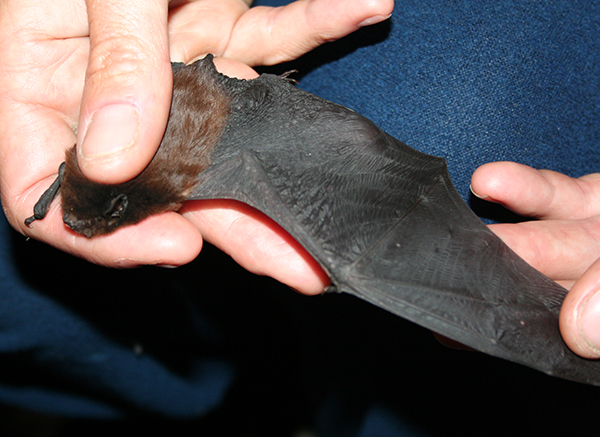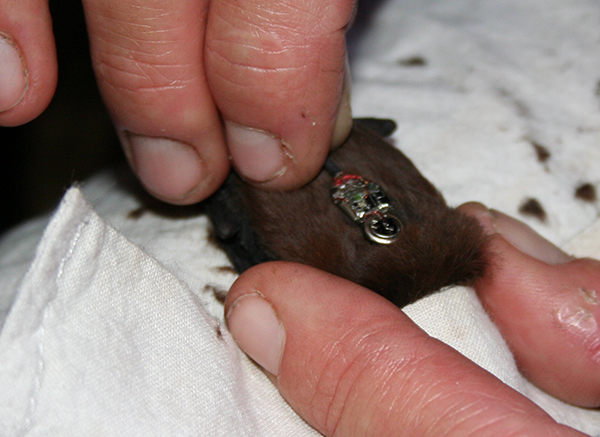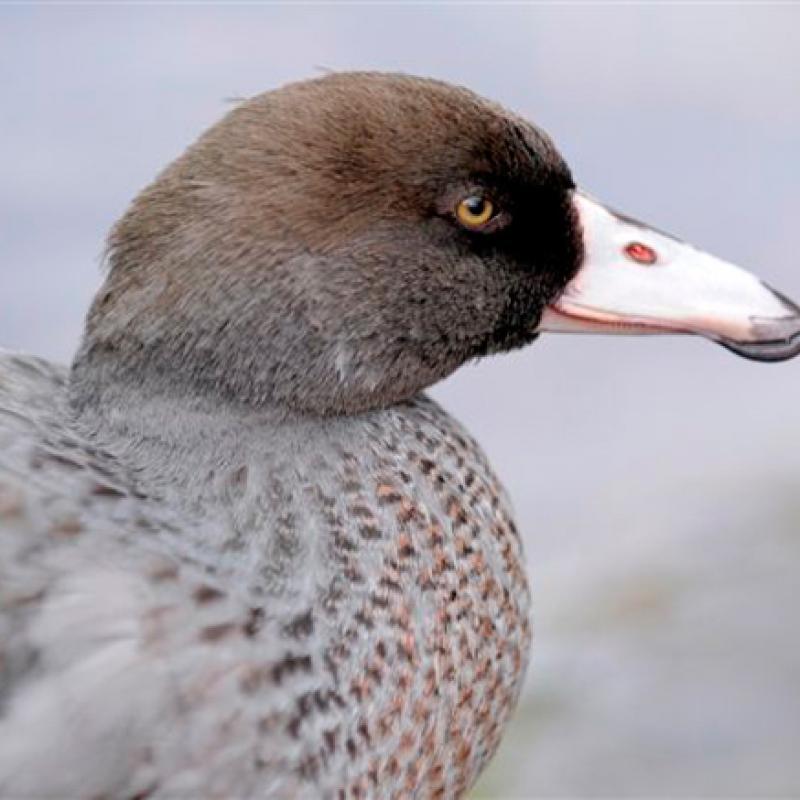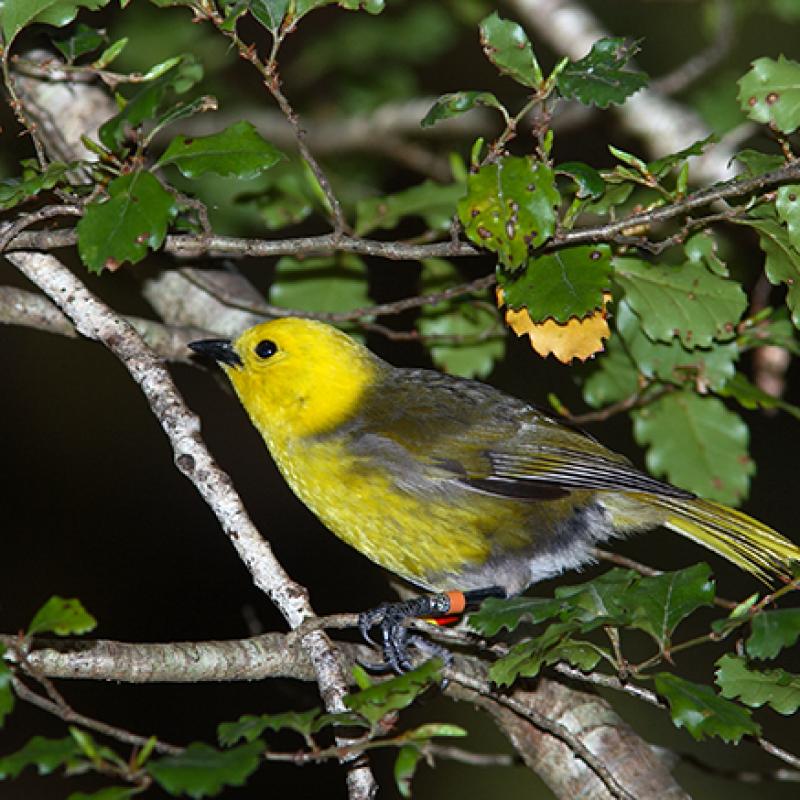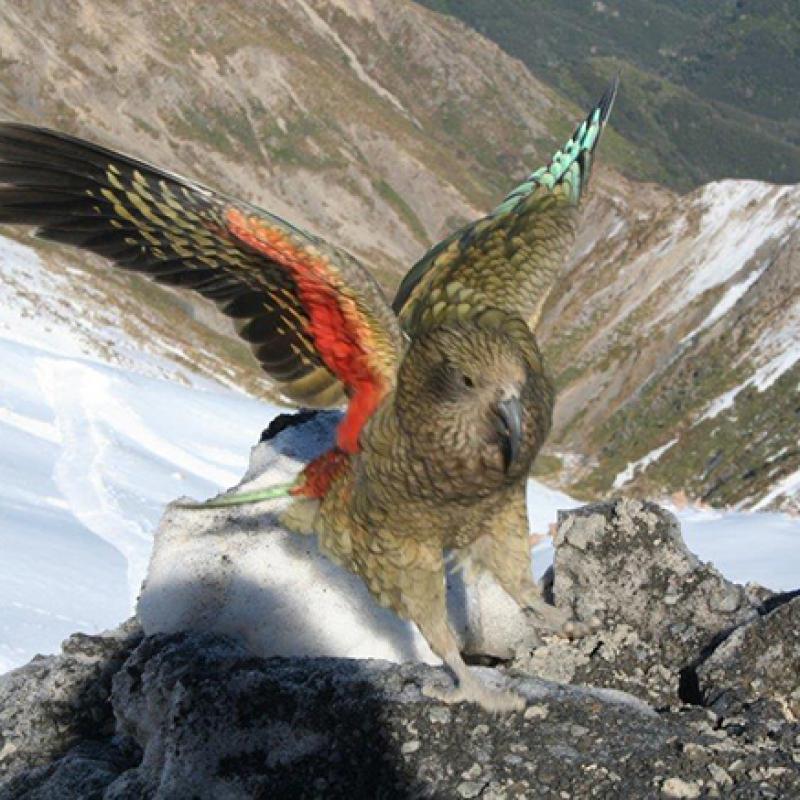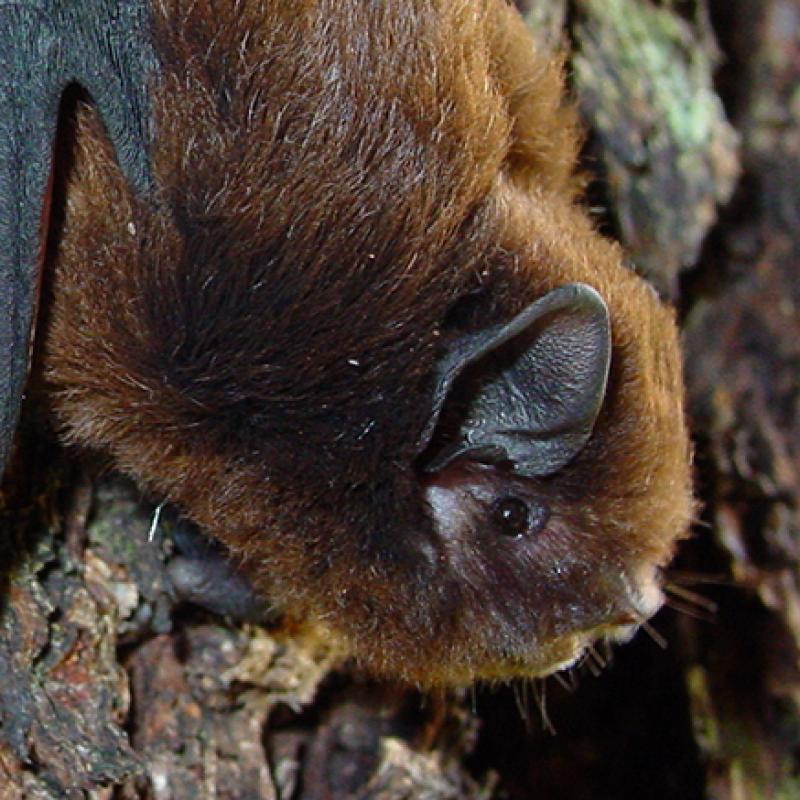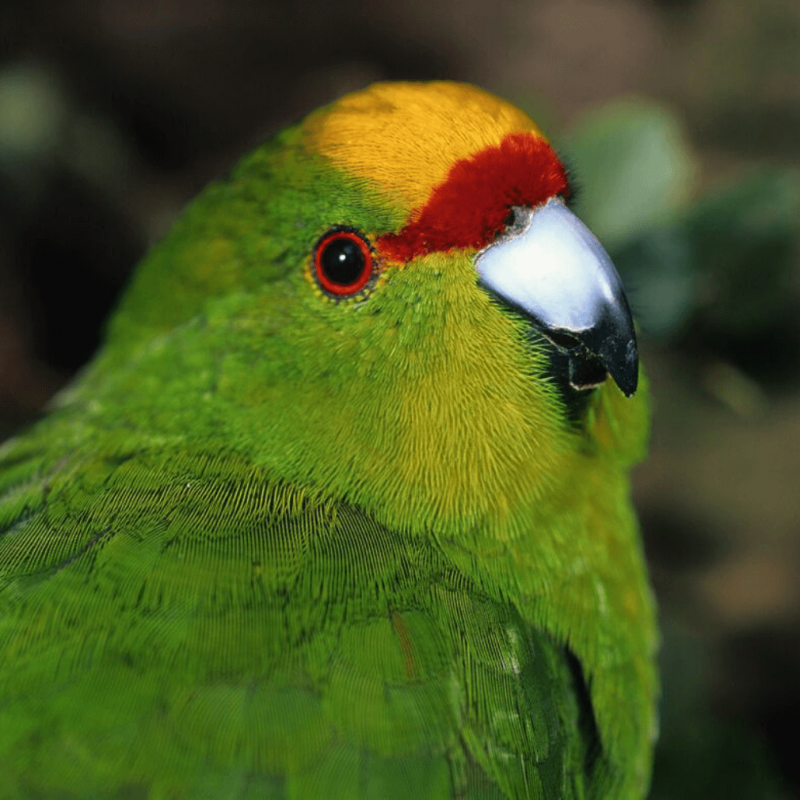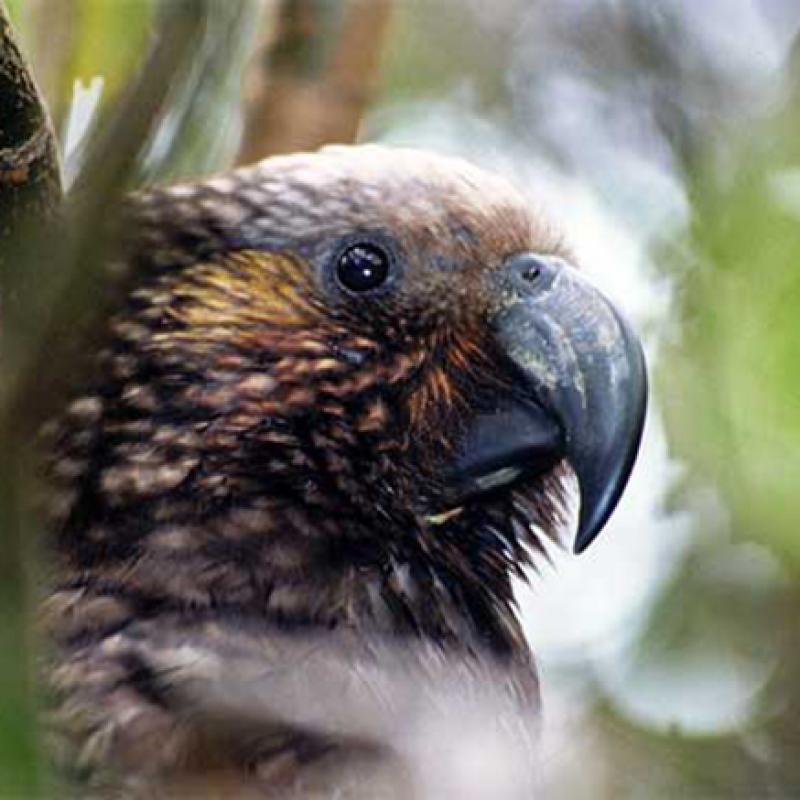Pekapeka, NZ’s only native land mammal, shelter on trees in temperate rainforests forming colonies in tree cavities.
Pekapeka, classified as nationally critical under the New Zealand Threat Classification System, are New Zealand’s only native land mammals. Historical records and surveys since 1990 show that long-tailed bats are now rare or absent at many North and South Islands sites where they were formerly common.
There are two species, the long-tailed bat Chalinolobus and the lesser short-tailed bat Mystacina. Pekapeka are highly mobile, with flights of 10 to 25 km common. An individual can fly over 50 km at night and cruise to a favourite feeding site at over 60 km per hour. Emerging at dusk, pekapeka navigate and catch insects by bouncing high-frequency sounds off their surroundings.
Long-tailed bats stick to a diet of flying insects – moths, midges, mosquitoes and beetles, using a membrane along their tails to scoop up insects on the wing. Because they feed over such a wide area they need about 150 km2 of forest to sustain a colony. Both species depend for shelter on the oldest and largest trees in cool temperate rainforests, forming colonies in well-insulated tree-cavities.
Decline is due to clearance and logging of lowland forests, cutting of old-age trees for fire wood, predation by introduced mammals and exclusion of bats from their roosts by introduced mammals, birds and wasps.

